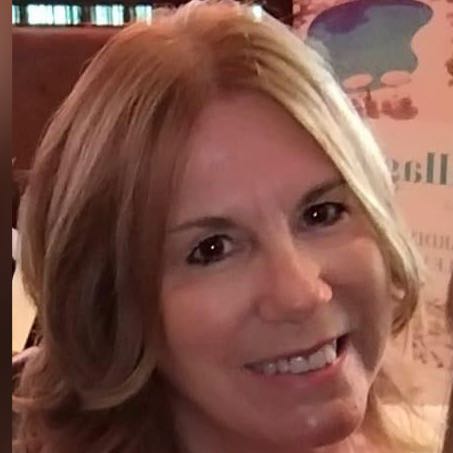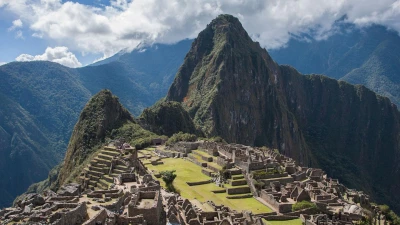_1742403178/afc38496-269d-4933-8bf0-76be60bf92f9%20(1)_1742403178_1920.webp)
Peru: Machu Picchu, Cuzco & Lima
Peru: Machu Picchu, Cuzco & Lima
If you‘re looking for history, adventure, food, and natural beauty, Peru is a destination that has it all! A country of contrasts, from coastal towns to the Andes Mountains, and ancient Inca Sites. Although famous for Machu Picchu, there is far more to explore; delicious food in Lima with its lively cultural atmosphere. Cuzco, with its mix of Spanish Colonial and Spanish architecture and also a culinary hotspot, plus witnessing traditional Peruvian life in the Scared Valley...
Lima
Peru’s capital, Lima situated on the Pacific Coast - once the capital of Spain‘s colonial empire. From here we discovered a mixture of art and architecture, plus the city’s food scene which is the place to be to sample Peruvian cuisine. We were located in Miraflores, Lima’s most affluent district which overlooks the ocean, where we witnessed surfers whilst walking along the ocean paths. Barranco, a district full of galleries, restored houses, and boutique shops. Some of the best places to eat are here. On arrival, we took a walking tour of Barranco, sampling various culinary experiences; including ceviche, coffee, pisco, and chocolate.
Sacred Valley
A short flight to Cuzco, we transferred to the Sacred Valley, situated between Cuzco and Machu Picchu. This area is home to some of the most impressive historical sites, colorful markets, and picturesque villages.
We started our second day by visiting Ollantaytambo, which is considered the only living Inca village. The town‘s narrow, cobblestone streets are lined with traditional houses. The Inca terraces are an example of advanced agricultural techniques, and they also serve as part of the fortification system that helped protect the town. Ollantaytambo is also a starting point for part of the Inca Trail, the famous trek that leads to Machu Picchu.
We then went on to the community of Misminay, which is known for its rich cultural heritage, particularly its preservation of ancient customs, agricultural practices, and lifestyle. Here, we experienced authentic, rural Peruvian life and learned about the traditional Andean culture.
Finally, we visited the archaeological site of Moray - which resembles a natural amphitheater. It is believed that Moray was a sort of agricultural laboratory, where the Incas could study the best conditions for growing crops in the region.
Machu Picchu
We took the train from Ollantaytambo to Aguas Calientes, taking around 90 minutes. After lunch, we took the 20-minute bus ride to one of the New Severn Wonders of the World - Machu Picchu, a UNESCO World Heritage Site. This is the most iconic and well-known archaeological site in the world. The ancient Incan citadel is renowned for its stunning architecture, dramatic setting, and mysterious history. The site lived up to every expectation, made up of more than 200 buildings perfectly carved from stone constructed in terraces, connected by stairways. Mind-blowing!
Cuzco
Cuzco, was once the capital of the Inca Empire and is today a UNESCO World Heritage site. Known as the "Gateway to Machu Picchu," it is one of the most culturally and historically significant cities in South America. Whilst here, we took a tour of The Plaza de Armas, the main square which is surrounded by historic buildings, including the Cuzco Cathedral and La Compañía de Jesús Church.
Overlooking the city is the Sacsayhuamán fortress which features massive stones that were carefully fitted together without mortar. Impressive Incan architecture.
We took a walking tour of the San Blas neighborhood, with its narrow cobbled streets, handicraft shops, and art galleries. From here we took part in a Cuzco cooking class at the ‘Rooftop Kitchen‘, learning how to make Peru’s most popular drink, the Pisco Sour. We also created a ceviche starter with trout and a main dish using different types of quinoa. It was delicious.
In the evening, we went on a Cuzco-by-night tour with another Pisco Sour-making class. This walking tour allowed us to experience some of the best restaurants and bars in this historic city.
Where we stayed..
Souma Miraflores, Lima Located in the Miraflores district, my room, was modern with views overlooking the ocean. The hotel has a rooftop pool and a bar (lively at the weekends). There is a gym and sauna. The main restaurant offers traditional Peruvian and international dishes.
Explora, Sacred Valley Set on terraces built by the Incas with stunning views of the mountains from our comfortable rooms. The hotel has a main dining room, bar, library, shop, and exploration room. We were staying on an all-inclusive basis so all meals, drinks, and explorations are included. There is a spa with an outdoor pool, hot tubs, sauna, and massage rooms.
Palacio del Inka, Cuzco Located in the centre, this luxurious hotel is a short walk from the Plaza de Armas. Rich in history with its exposed walls, stone archways, and internal courtyards. My spacious room overlooked the cobbled street. There is a restaurant; the Inti Raymi which serves traditional Andean dishes. There is a spa too with various treatments on offer.
Things to note...
Cuzco is more than 2,000m above sea level and this can cause Attitude Sickness, which involves headaches, fatigue, nausea, and shortness of breath. It is recommended to take it easy on your first day to acclimatize.
Drink only bottled water.
Wash fruit well before eating.
Avoid eating at street food vendors.
In the highlands, light meals will prevent altitude sickness. If you do suffer, coca tea can help with symptoms.
Passports must be valid for six months beyond travel. UK visitors can enter Peru for up to 30 days without a visa.
Recommend bringing a universal adapter.
Plastic bottles are prohibited in Machu Picchu, so bring your own reusable bottle.
There is a 5kgs luggage restriction on board the train to Machu Picchu, so pack lightly.
Most credit and debit cards are accepted but there may be a fee of up to 3%.
The currency for Peru is nuevo sol, with the US dollar as the second currency. If you pay in USD, you may receive changes in Soles.
Weather
Peru has two main seasons; dry season between May and October. The wet season is between November and March. However, it can be visited all year round. The dry season sees bright sunny days but chilly nights in the Andes. January and February are the wettest months.
The dry season is the peak season in Peru however traveling slightly off-peak does offer the advantage of fewer visitors, greener scenery, and lower hotel and flight costs.
Your Holiday Starts Now
Why not chat to one of our experts!
Start your holiday now with a conversation with one of our Peru Personal Travel Experts!
We'll call you back
Leave us your contact details and we will be in touch.
Newsletter Signup
More Articles About Peru
My Articles
-
_1732527316/465652356_1058798636255502_7821962784159850587_n%20(1)_1732527316_400.webp)
Luxury Barbados
by Karen Whale
Barbados, the easternmost island in the Caribbean, is renowned for its stunning beaches, vibrant cul -
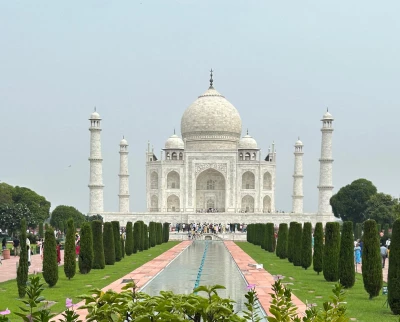
Golden Triangle Of India
by Karen Whale
The Golden Triangle of India is one of the most popular tours in India, covering Delhi, Agra, and Ja -
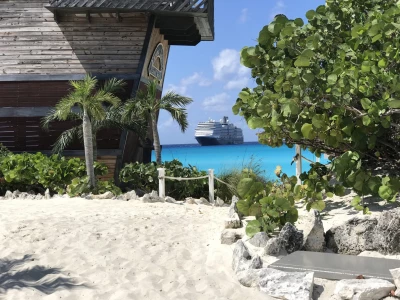
Miami and the beautiful beaches of the Caribbean
by Karen Whale
Miami and the beautiful beaches of the Caribbean We left a very snowy Heathrow airport Friday 2nd Ma -
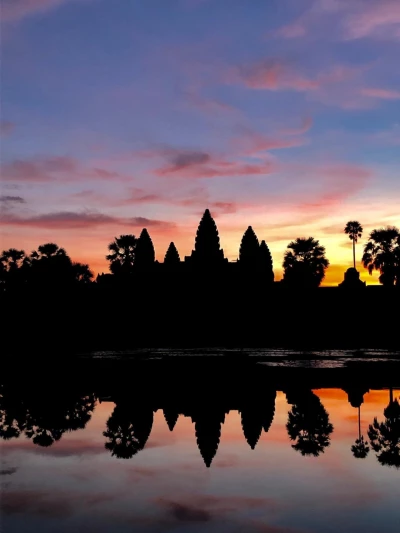
My Cambodia Experience with Intrepid
by Karen Whale
Day 1 That’s everyone checked in... Thailand, Cambodia and Bali here we come! We boarded our fli
